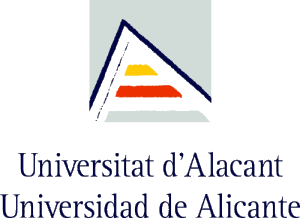Summary
UNEP FI, EPRA, Hines & CRREM release a report on Embodied Carbon presenting practical assessments of comprehensive case-studies and providing insights into the interplay between embodied emissions and operational savings resulting from energetic retrofits.
25. September 2023 – Massive efforts are required to decarbonize the existing building stock until 2050 in order to meet the Paris targets. Besides the pre-requisite of financially viable energetic retrofits the industry must also ensure that the overall ecological impact of this transformation is positive. By 2050, existing buildings undergoing conventional energy retrofits are projected to release up to 8.5% of the remaining global anthropogenic GHG-budget for a 1.5-degree compliant world - resulting from embodied carbon emissions. By using low-carbon solutions and conducting ‘smart’ refurbishments, this figure could be reduced significantly. Achieving a balance between reducing operational emissions and mitigating embodied carbon emissions will therefore be critical. To provide decision-making foundations and information regarding the embodied carbon of energetic retrofits, this report offers an introduction to the significance and practical assessment of embodied carbon in energetic retrofit projects. Building upon this, the white paper presents the evaluation of 36 different projects of various use types and global regions. In addition, first benchmarks of key KPIs are derived. Lastly low-hanging fruits and best-practice case studies are presented.







